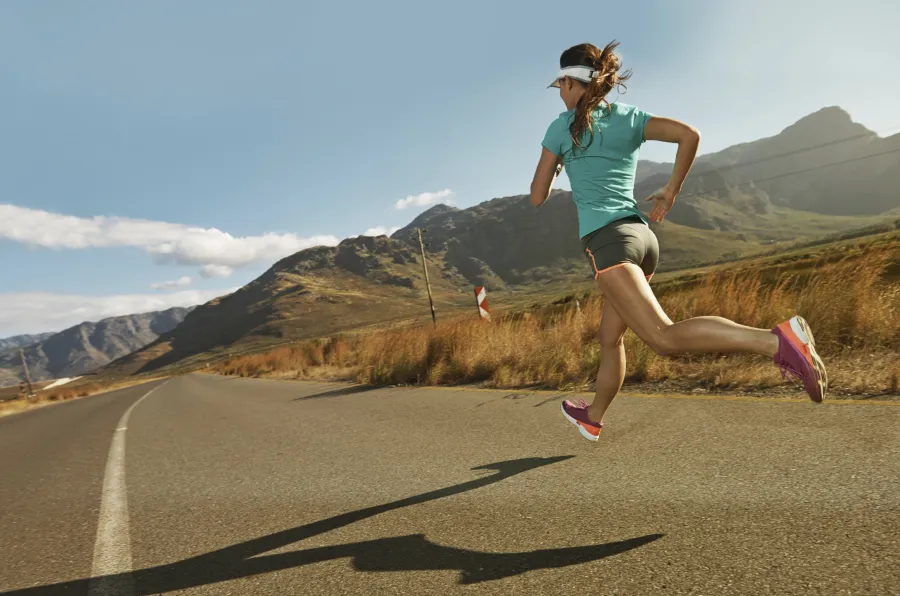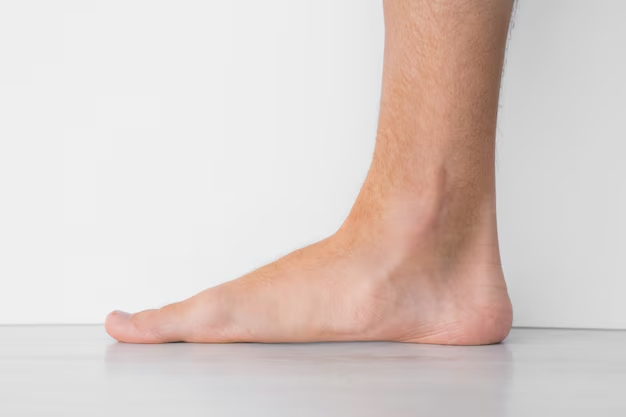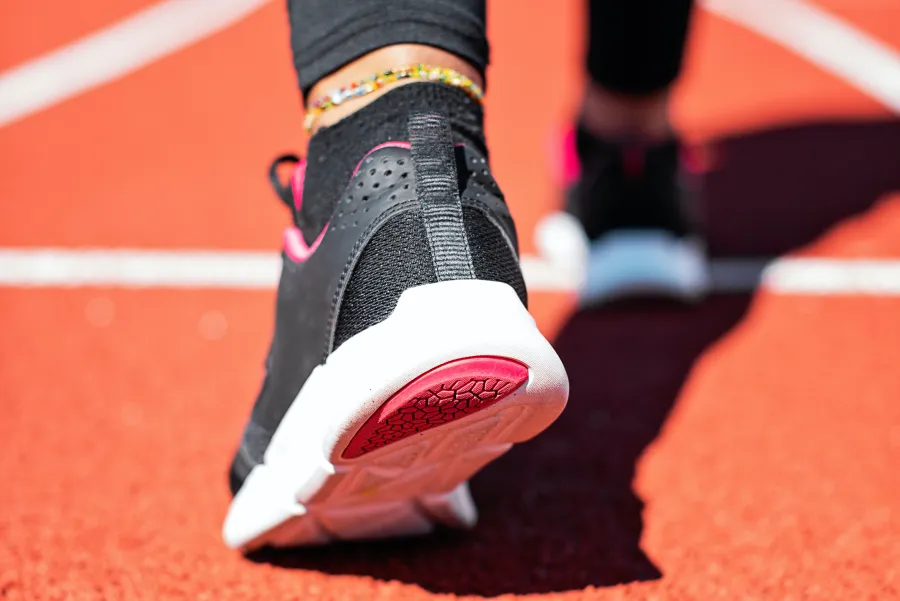Sports
Pronation in Runners

Pronation is a necessary component of normal running biomechanics, facilitating shock absorption and stabilization. But abnormal levels of pronation, whether restricted or excessive, can alter gait patterns in ways that can potentially increase the risk of running-related injuries.
Running is one of the most popular forms of physical activity in the U.S. People’s motivation to run can range from the numerous health benefits derived from running for exercise to the desire to compete against others or one’s self when running for sport. Regardless of motivation, people who engage in running are likely to share two similar desires: to get better at running and to avoid sustaining a running injury. Unfortunately, achieving the first goal depends in large part on the second, as a running-related injury can make it difficult to run until the injury subsides.
The incidence of running injuries may be as high as 80%, according to a recent systematic review. Consequently, there are numerous options available to runners aimed at decreasing the risk of sustaining an injury while improving running performance. Those options include different athletic shoe designs, which can have a profound influence on running mechanics and injury. Today, more than ever, runners have a myriad of shoe choices, which change each year as new models are released and older models discontinued. Shoe design features range from cushioning to stability to motion control, and, more recently, there is a movement toward barefoot running and minimalist shoes that mimic barefoot running.
Source: Lower Extremity Review, original article by Tracy A Dierks, PhD



